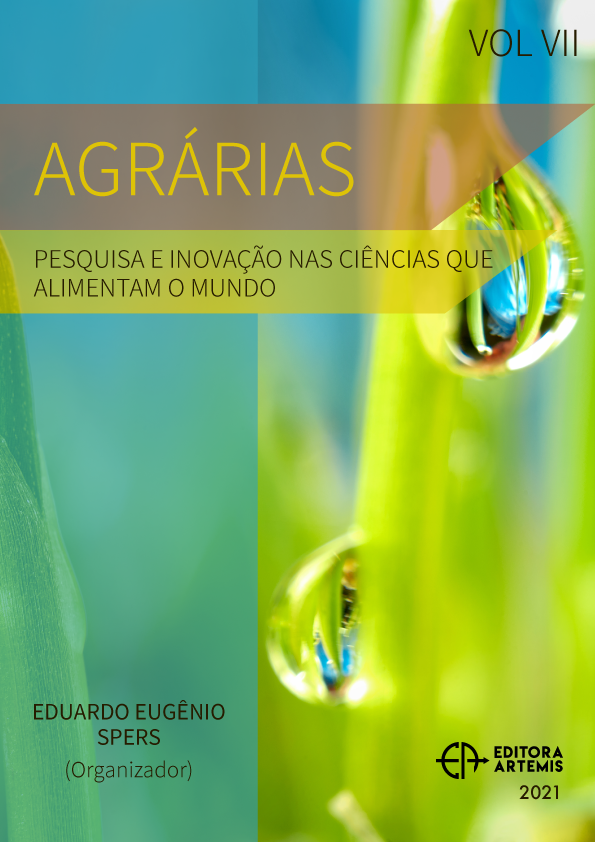
EFEITO SOBRE RENDIMENTO DE GRÃO DE MILHO E AS PROPRIEDADES QUÍMICAS DO SOLO PELA INCORPORAÇÃO DE CULTURAS REPRESENTANTES PARA ADUBAÇÃO VERDE EM UM LATOSSOLO (OXISSOLO) VELMELHO ESCURO DE BRASIL
Semearam-se 5 culturas representativas, Milheto (Pennisetum americanum L.), Aveia (Anena strigosa Schreb), Sorgo (Sorghum bicolor L.), Mucuna (Mucuna pruriens) e Girassol (Hellanthus annuus L.), na fazenda experimental (2,6ha) do Instituto de Pesquisa Técnica e Difusão Agropecuária JATAK, localizado no município de Guatapará-SP em 20 de junho de 2004. O solo utilizado no experimento foi classificado como Latossolo Vermelho-Escuro (EMBRAPA, 1989) e foram incorporados às lavouras colhido fresco em 4 de outubro do mesmo ano, após a colheita. Por outra parte, semeou-se o milho em 5 de outubro de 2004 e colheu-se em 26 de março de 2005, com a testemunha sem incorporação. A variedade de milho utilizada foi a PIONEER 30F80 na densidade de 38300 plantas/ha. Observou-se que o rendimento do grão de milho no tratamento Mucuna foi o mais alto rendimento em todos os tratamentos, obtendo-se como resultado uma produção de 8,4t/ha. Especialmente, considera-se que o efeito do nitrogênio incorporado na leguminosa teve relevância significativa no alto rendimento obtido do milho no tratamento Mucuna. Em realidade, observou-se que o teor de N na Mucuna foi o mais alto em comparação com outras culturas incorporadas. Por outra parte, observou-se que o valor da matéria orgânica no solo aumentou em todos os tratamentos das culturas incorporadas. Considerando-se que o material das culturas para adubação verde foi decomposto (húmus e/ou matéria orgânica do solo) produzindo alguns ácidos orgânicos rapidamente. Além disso, considera-se que teve efeito de quelato ao aumentar a disponibilidade de P para as plantas, e influenciou a produtividade do grão de milho sobre a disponibilidade de P assim como do N.
EFEITO SOBRE RENDIMENTO DE GRÃO DE MILHO E AS PROPRIEDADES QUÍMICAS DO SOLO PELA INCORPORAÇÃO DE CULTURAS REPRESENTANTES PARA ADUBAÇÃO VERDE EM UM LATOSSOLO (OXISSOLO) VELMELHO ESCURO DE BRASIL
-
DOI: 10.37572/EdArt_18122151416
-
Palavras-chave: Adubação verde, Aveia, Matéria orgânica no solo, Milheto, Mucuna
-
Keywords: Avena, Green manure, Milhet, Mucuna, Organic matter in the soil
-
Abstract:
Five representative crops such as Milhet (Pennisetum americanum L.), Avena (Anena strigosa Schreb), Sorgo (Sorghum bicolor L.), Mucuna (Mucuna pruriens) and Sunflower (Hellanthus annuus L.) were sowed in the experimental field (2.6 ha) of the Institute of Technical Investigation and Agriculture & Livestock Diffusion of the JATAK, located at municipio of Guatapara-SP in Brazil on 20 of June, 2004. The utilized soil on the experiment was classified such as Dark-Red Latosol (EMBRAPA, 1989). These harvested fresh crops were incorporated on 4 of October in the same year after harvest. In other wise, maize was sowed on 5 of October, 2004, and it was harvested on 26 of March, 2005 with the contrast without incorporation. The utilized variety of maize was PIONEER 30F80 to a density of 38300 plants/ha. It was observed that maize grain yield on the treatment of Mucuna was the highest of the yield in all of the treatments, and the yield was 8.4t/ha. Especially, it is considered that it had the incorporated effect of nitrogen of the legume plant about high obtained yield of maize on the treatment of Mucuna. In fact, it was observed that the N content in Mucuna was the highest of the N in all of the incorporated crops.In other wise, it was observed that the organic matter value in the soil increased on all of the treatments of the incorporated crops. Therefore, it is considered that the material of the crops for green manure was decomposed, producing some organic acids, and became humus and/or organic matter in the soil, quickly. Further, it is considered that it had the effect of chelate to increase the P availability for plants, and it was influenced to maize grain yield about the P availability as well as the N in the incorporated crops.
-
Número de páginas: 12
- Kentaro Tomita

